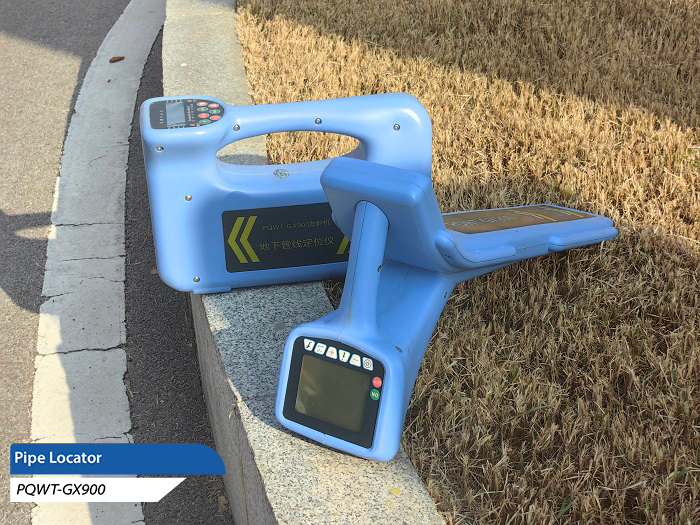With the accelerating pace of urbanization, underground pipelines, as the "lifeline" of the city, carry important functions such as water supply, drainage, gas, electricity, communication and heat. However, due to historical problems and imperfect management mechanism, the information of underground pipelines is often incomplete and inaccurate, which brings a lot of inconvenience to the construction and development of the city. Therefore, how to correctly select and apply Cable & Pipe Locator method to ensure the safe and efficient operation of urban underground pipelines has become an urgent problem to be solved.

Cable & Pipe Locator technology is mainly based on the differences in physical parameters between the pipeline and the surrounding medium, and is localized by geophysical means. These physical parameters include density, magnetism, resistivity and dielectric constant. According to the physical properties of pipelines, underground pipelines can be categorized into three main groups: metal pipelines, cable pipelines and non-metallic pipelines. For pipelines of different properties, different detection methods are required.
For metal pipelines, due to their good conductivity, we can use the direct connection method, clamp method and induction method for detection. The direct connection method is suitable for metal pipelines with exposed points. By directly connecting the transmitter to the pipeline, the receiver is used to search for electromagnetic signals to realize the tracking and positioning of the pipeline. The clamp method is used to realize the positioning of the pipeline by clamping the pipeline and using the coupling ring to load the electromagnetic signal. And the induction method is to use the electromagnetic field emitted by the transmitter, so that the pipeline produces an induction current, which in turn forms an electromagnetic field, by searching and tracking this electromagnetic field, we can determine the location of the pipeline.
For cable pipelines, due to its material properties, the traditional metal detection method may not be applicable. At this time, we can consider using electromagnetic wave method for detection. Electromagnetic wave method uses the propagation and reflection characteristics of high-frequency electromagnetic waves in the underground medium, by receiving and analyzing the reflected electromagnetic waves, we can obtain the location of underground pipelines and buried depth information.
As for the non-metallic pipeline, due to its physical properties and metal and cable pipeline differences, the detection difficulty is relatively high. In this case, we can use methods such as investigation in wells, excavation of sample holes or simple touch probing for detection. Although these methods are relatively cumbersome, they can often achieve better detection results under specific circumstances, such as deeper burial of non-metallic pipelines or complex surrounding environment.
In practical application, we need to choose the appropriate detection method according to the specific situation. This includes the comprehensive consideration of the pipeline material, burial depth, the surrounding environment and other factors. At the same time, we also need to pay attention to the protection of pipeline safety, to avoid damage to the pipeline in the detection process.
Cable & Pipe Locator is an important means to ensure the safe and efficient operation of urban underground pipelines. Through the correct selection and application of detection methods, we can obtain accurate and complete pipeline information, providing strong support for urban planning and management. With the continuous development of science and technology, it is believed that more advanced detection technologies and methods will be applied in the field of Cable & Pipe Locator in the future, contributing more to the construction and development of cities.








